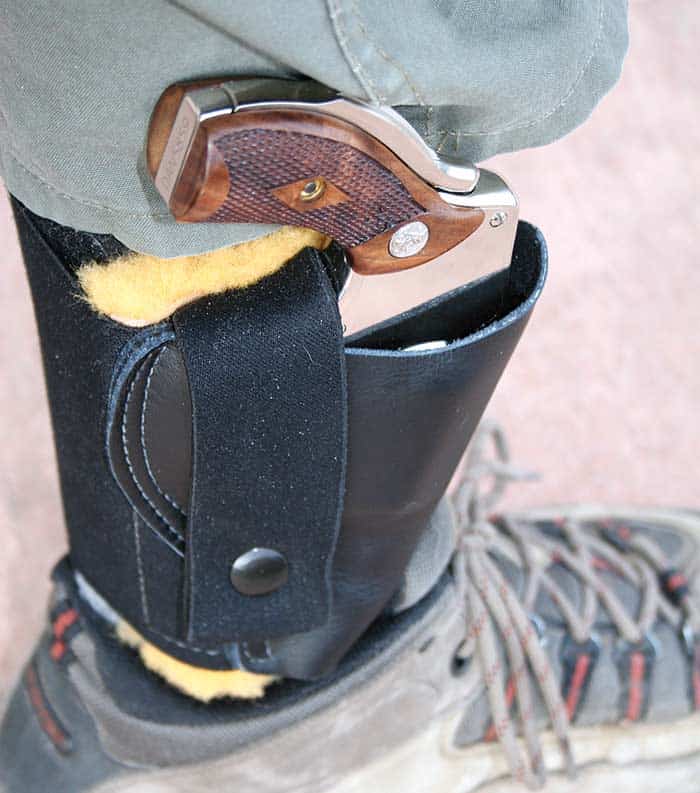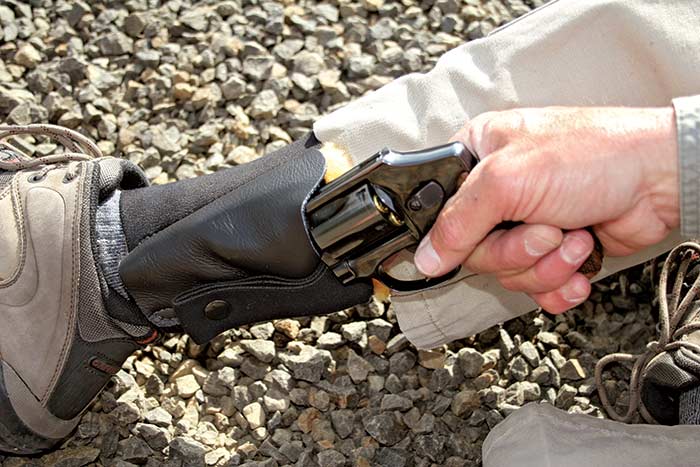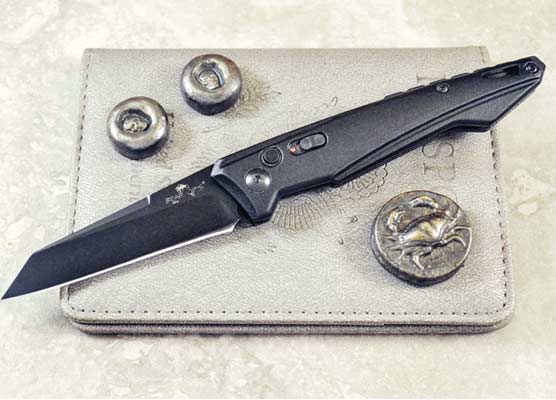Back Up Guns
Say “hello” to my little friend
Historically, back-up guns (aka second guns) are carried by armed professionals in the sense of law enforcement or military personnel. A whole, but varying training doctrine has evolved around the transition techniques from a primary weapons system failure to the working secondary weapon. The concept seems to evolve around a smaller more compact weapon package to be used as a last ditch system to defend against a short-range threat.
Arguably a parallel may be made between these last ditch gun systems and knives or bayonets. At my advanced age, I grasp the concept of knives. I remember when my hair was darker and I had occasion to use a pugil stick on a practice bayonet range. That said, I was never impressed with the proximity ranges required to use a bayonet … and the same can be said for knives, but I admit this is my opinion. One clear point is very often the ranges to the threat are such a knife could come in handy and if so, a second gun may come in even handier.
For Cops?
Many agencies do not advocate or allow a second gun for police. I simply think this is a mistake on the part of administrators. I also am not naïve, if cops want a second gun they should train up to the skill levels required to deploy these weapons efficiently. With budget and time constraints it is fair for admin types to not want these guns on the street without skilled personnel running them. Then again, officers should have enough interest in this concept to spend some of their own time and money on the weapons and training required to deploy these guns correctly.
If a back up were allowed, my personal preference would be to probably mount and carry the gun so as to allow opposite hand access. As history indicates, often perpetrators close the ground to shoot downed officers with the coup de grace shot and this closure may bring the threat to a point where an injured but still able officer could shoot the rotten SOB first or at least shoot ’em back.
4 U?
I see absolutely no reason for anyone from the private sector to not carry a second gun or two. There are no restrictions other than lazy or naïve and if a gun is needed by any of us civilian pukes, I myself sure don’t want to not be able to shoot back for lack of guns or spare ammo. We should all readily accept the fact this might not be comfortable. Then again, the reality check with concealed carry guns is: Are they comfortable to carry, or comforting to save my life with?
Yes, I do carry a second gun, and in all honesty most of the time I carry three handguns. This might seem a bit much to some, then again, I’ve been shot once and do not plan to have a reoccurrence of such an incident again in the remainder of my life. Arguably, this could be construed by the unknowing as I might be slightly paranoid or fearful. Then again, with three handguns, I find very little to be paranoid or fearful of. Readers should not construe the last comment to mean I walk about with a chip on my shoulder looking for a gunfight. Those who know me or have trained with me know that is the farthest thing from the truth. I constantly work under the premise the best example of good training and skill is to not have to use it.
Selection
I prefer revolvers for second guns, as often the smaller semiautomatic pistols are not completely reliable while in stressful environments except in the best of hands. The shortcomings of the wheel guns are heavier trigger pulls and muzzle blast. The current Smith & Wesson family of AirLite guns loaded with fullhouse .357 Magnums are just short of worthless in a fight after being fired one time. I just had student in class who fired three .357 rounds before he fractured a bone in his hand. Wisely, he did not fire the last two before visiting the doctor’s office.
The AirLite guns themselves (as well the re-introduced Model 40) are exceptionally good guns and my personal preference. They just need to have sensible .38 Special ammunition carried in them. The .38 Special has been hammered often and hard as a failure in progress. Then again, with the advances in ammunition and projectile technology over the last decade, the .38 Special in the likes of Barnes DPX and Pow’R Ball from Cor-Bon as well as other types by other makers are reasonably solid cartridges for personal defense, especially from the smaller guns used as backup weapons.
Methods Of Carry
A pants pocket carry is acceptable and often a reality, but probably it is most efficient if carried in a holster to keep the piece in the correct plane and placement allowing access to the grip, without having to chase the gun around should it roll
around in the pocket. It is simple to understand the hammerless gun’s value applied to a pocket carry to reduce snagging on the draw stroke.
Guns bearing external hammers can be used, but care should be taken on the draw to place the thumb in a position so as to smooth out the draw. For second or third guns and for those spending significant time in vehicles or the older or slightly infirm who might find themselves on the ground in a fight, ankle holsters make an excellent choice for holster types, drawing practice should be a priority in training. Additionally, drawing the guns with either hand and as well shooting them with either hand should be high on the range drill lists, remembering the main reason one might need or want a second, or third gun — or maybe a fourth?
I see no negative aspects to having another or second gun for personal defense. Reasonable and responsible training is a requirement for all guns and this probably goes double for small guns. Then again, the more you practice, the more likely it is you won’t have to use either the big gun or the little one.

Get More Carry Options content!
Sign up for the newsletter here:






